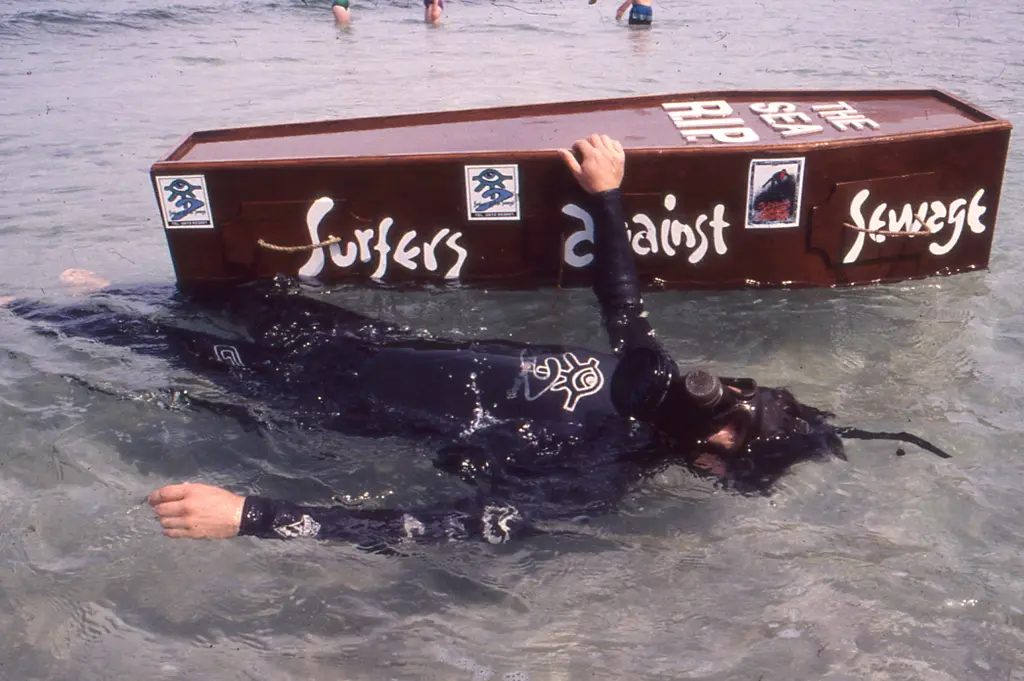The photographer using old-world processes to capture new-world tribes
- Text by Joni Sternbach
- Photography by Joni Sternbach

A few years ago, I was driving on the south shore of Long Island, better known as The Hamptons, when a programme came on NPR about The Miss Shinnecock Teen Pageant, a cultural pageant hosted by the Shinnecock Indian Nation. The programme featured a scene in which some of the girls were dancing and the sound of their dresses jingling was captivating. I had known there was a self-governing Indian Nation tribe on Long Island, but now I had a mental image of them that was much more vivid.
I did some research and eventually made contact with a woman who agreed to be my liaison. Even then, I wasn’t sure what I was looking for. I had seen the work of Edward Curtis – an ethnologist who photographed the American West – and I think what he did to preserve a record of native culture during the 1890s was incredible. For me, playing with the idea of timelessness is intriguing, so I was hoping to capture the intermingling of older and newer ways of life and, moreover, do so with a method of photography that is one hundred per cent hand-made. Wet plate collodion is a finicky, labour-intensive process that dates back to the 1850s, but it seemed right.

 The job of human interaction on any project is integral to its success and in this instance was probably more difficult than the actual photographic process. Photographers have long been conscious of how they present the cultural ‘Other’. On this project, I often felt like ‘The Other’ and was always keenly aware of my status as an outsider. On one of my visits, a man came up to me and reminded me, “You’re not in New York State anymore.” This sense of cultural division made it difficult for me to interact with my subjects to the extent I had hoped. But when you’re working with wet collodion, the photographs are processed in the field, like the Polaroid of yesteryear, which helps my subjects feel involved as they can watch their image appear.
The job of human interaction on any project is integral to its success and in this instance was probably more difficult than the actual photographic process. Photographers have long been conscious of how they present the cultural ‘Other’. On this project, I often felt like ‘The Other’ and was always keenly aware of my status as an outsider. On one of my visits, a man came up to me and reminded me, “You’re not in New York State anymore.” This sense of cultural division made it difficult for me to interact with my subjects to the extent I had hoped. But when you’re working with wet collodion, the photographs are processed in the field, like the Polaroid of yesteryear, which helps my subjects feel involved as they can watch their image appear.


 Regardless of all that, I felt like I got an insight into a group of people that I wouldn’t have known otherwise. For as much as they had assimilated into American culture, the girls I worked with were also very different to typical American teens. Despite being proud of this work, this project haunts me a bit because I felt like my subjects remained a little inscrutable to me. I wonder about the little things that I might have done to build a rapport and better evoke the relationship between the beauty of the land, the women and their regalia.
Regardless of all that, I felt like I got an insight into a group of people that I wouldn’t have known otherwise. For as much as they had assimilated into American culture, the girls I worked with were also very different to typical American teens. Despite being proud of this work, this project haunts me a bit because I felt like my subjects remained a little inscrutable to me. I wonder about the little things that I might have done to build a rapport and better evoke the relationship between the beauty of the land, the women and their regalia.
Find out more about Joni Sternbach’s work.
Enjoyed this article? Like Huck on Facebook or follow us on Twitter.
This article originally appeared in Huck 41: The Documentary Photography Special, from November 2013.
You might like

Maryam El Gardoum is breaking new shores for Morocco’s indigenous surfers
The Amazigh Atlantic — Through her groundbreaking career and popular surf school, the five-time Moroccan champion is helping women find their places in the waves.
Written by: Sam Haddad

Why Katy Perry’s space flight was one giant flop for mankind
Galactic girlbossing — In a widely-panned, 11-minute trip to the edge of the earth’s atmosphere, the ‘Women’s World’ singer joined an all-female space crew in an expensive vanity advert for Jeff Bezos’ Blue Origin. Newsletter columnist Emma Garland explains its apocalypse indicating signs.
Written by: Emma Garland

Katie Goh: “I want people to engage with the politics of oranges”
Foreign Fruit — In her new book, the Edinburgh-based writer traces her personal history through the citrus fruit’s global spread, from a village in China to Californian groves. Angela Hui caught up with her to find out more.
Written by: Angela Hui

Meet the hair-raised radicals of Berlin’s noise punk scene
Powertool — In his new zine, George Nebieridze captures moments of loud rage and quiet intimacy of the German capital’s bands, while exploring the intersections between music, community and anti-establishment politics.
Written by: Miss Rosen

The rebellious roots of Cornwall’s surfing scene
100 years of waveriding — Despite past attempts to ban the sport from beaches, surfers have remained as integral, conservationist presences in England’s southwestern tip. A new exhibition in Falmouth traces its long history in the area.
Written by: Ella Glossop

We are all Mia Khalifa
How humour, therapy and community help Huck's latest cover star control her narrative.
Written by: Alya Mooro

